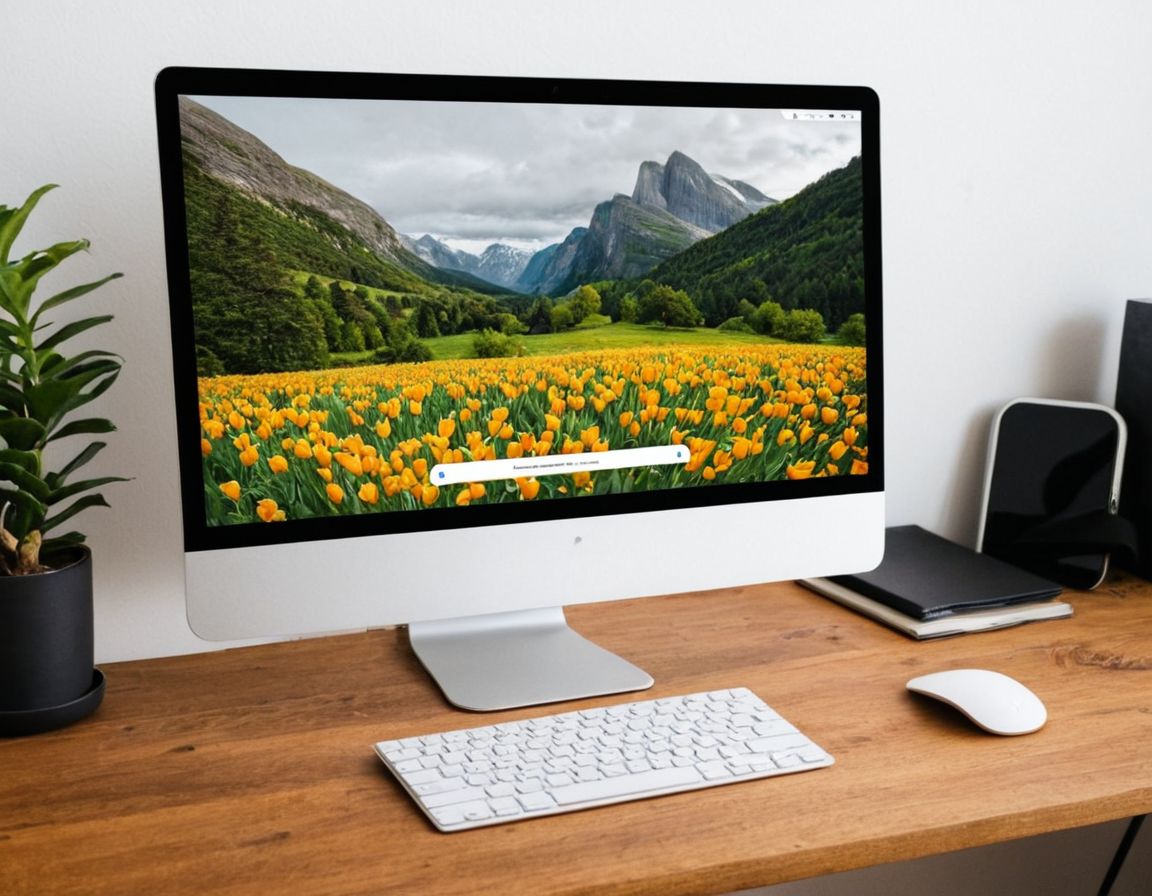Advance Google Photos Editing with 10 Techniques

Mastering Google Photos: 10 Advanced Editing Techniques for Professional-Grade Photos
As photographers, we’re constantly on the lookout for ways to elevate our craft and produce high-quality visuals that capture the essence of our subjects. One tool that can make a significant difference in this pursuit is Google Photos. With its robust set of editing features and AI-powered tools, it’s no wonder why professionals turn to it for their image editing needs.
In this article, we’ll delve into the world of advanced editing techniques within Google Photos, exploring 10 expert methods to take your photography to the next level.
Understanding the Basics
Before diving into the nitty-gritty, let’s cover the basics. Google Photos offers a wide range of tools and filters that can be used to enhance your images. From adjustments to exposure and color grading to adding text and shapes, the possibilities are endless.
However, it’s essential to understand that the key to mastering any editing tool lies in its understanding of how to use it effectively. With that said, let’s move on to some expert-level techniques that can help you achieve professional-grade results.
1. Advanced Color Grading
One of the most powerful tools within Google Photos is its color grading capabilities. By adjusting the tone curve and saturation levels, you can create a cohesive look that ties your entire project together.
For instance, if you’re working on a film noir-inspired project, you could use this technique to create deep, rich shadows and contrast that evokes the classic genre.
2. Using AI-Powered Tools
Google Photos’ AI-powered tools are designed to assist with tasks such as object detection and facial recognition. However, they can also be used for more advanced purposes, such as removing unwanted objects or adjusting lighting conditions.
By leveraging these tools strategically, you can save time and effort while still achieving high-quality results.
3. Advanced Compositing
Compositing is an art form that requires patience, skill, and practice. By combining multiple images into a single frame, you can create stunning visuals that would be impossible to achieve with a single shot.
In Google Photos, you can use the “Combine” feature to merge multiple images into a single file. From there, you can refine your work using various editing tools.
4. LUTs (Look Up Tables)
A Look Up Table (LUT) is essentially a pre-defined color grading profile that can be applied to an image in a matter of seconds. By using LUTs, you can achieve consistent results across multiple projects without having to manually adjust settings each time.
5. Advanced Selective Adjustments
Selective adjustments refer to making targeted changes to specific areas within an image. This technique allows for precise control over the editing process and can be used to create stunning visual effects.
For example, you could use this technique to selectively remove blemishes or adjust the color balance of a subject’s skin tone.
6. Using the “Magic Eraser” Tool
The “Magic Eraser” tool is a powerful feature within Google Photos that allows for advanced object removal. By using this tool strategically, you can create stunning visuals by removing unwanted elements from your images.
7. Advanced Text and Shape Editing
Text and shape editing are essential skills for any photographer looking to elevate their work. By using advanced text and shape tools, you can add depth, context, and emotion to your images.
For instance, you could use this technique to create subtle, contextual clues that enhance the viewer’s understanding of the subject.
8. Using the “Panorama Stitcher” Tool
The Panorama Stitcher tool is designed for creating seamless panoramas from multiple images. By using this tool, you can create stunning visuals that evoke a sense of space and depth.
9. Advanced HDR (High Dynamic Range) Editing
HDR editing involves creating high-contrast images with deep shadows and bright highlights. By mastering this technique, you can add drama and tension to your images.
However, be aware that HDR editing requires careful consideration of the subject’s exposure and tone curve to avoid overexposure or underexposure.
10. Batch Processing and Automation
Batch processing involves applying a set of edits to multiple images at once. By automating this process using Google Photos’ built-in tools, you can save time and effort while maintaining consistency across your work.
By mastering these advanced editing techniques within Google Photos, you’ll be well on your way to producing professional-grade visuals that showcase your unique perspective and style.
As photographers, it’s essential to stay up-to-date with the latest developments in image editing software. By pushing the boundaries of what’s possible with tools like Google Photos, we can create works of art that inspire and awe.
So, take a moment to explore these advanced techniques and see how they can elevate your photography to new heights. The possibilities are endless, and the results will be worth it.
Are you ready to take your photography to the next level?
Tags
google-photos-editing professional-photo-tips image-enhancement ai-tools-in-google-photos advanced-editing-strategies
About Matthew Pereira
Hi, I'm Matthew Pereira. With a passion for AI-powered photography tools, I help creators unlock their visual potential at gophotos.com. 5+ years of experience in editing and content strategy brings me to the forefront of innovative image solutions.
